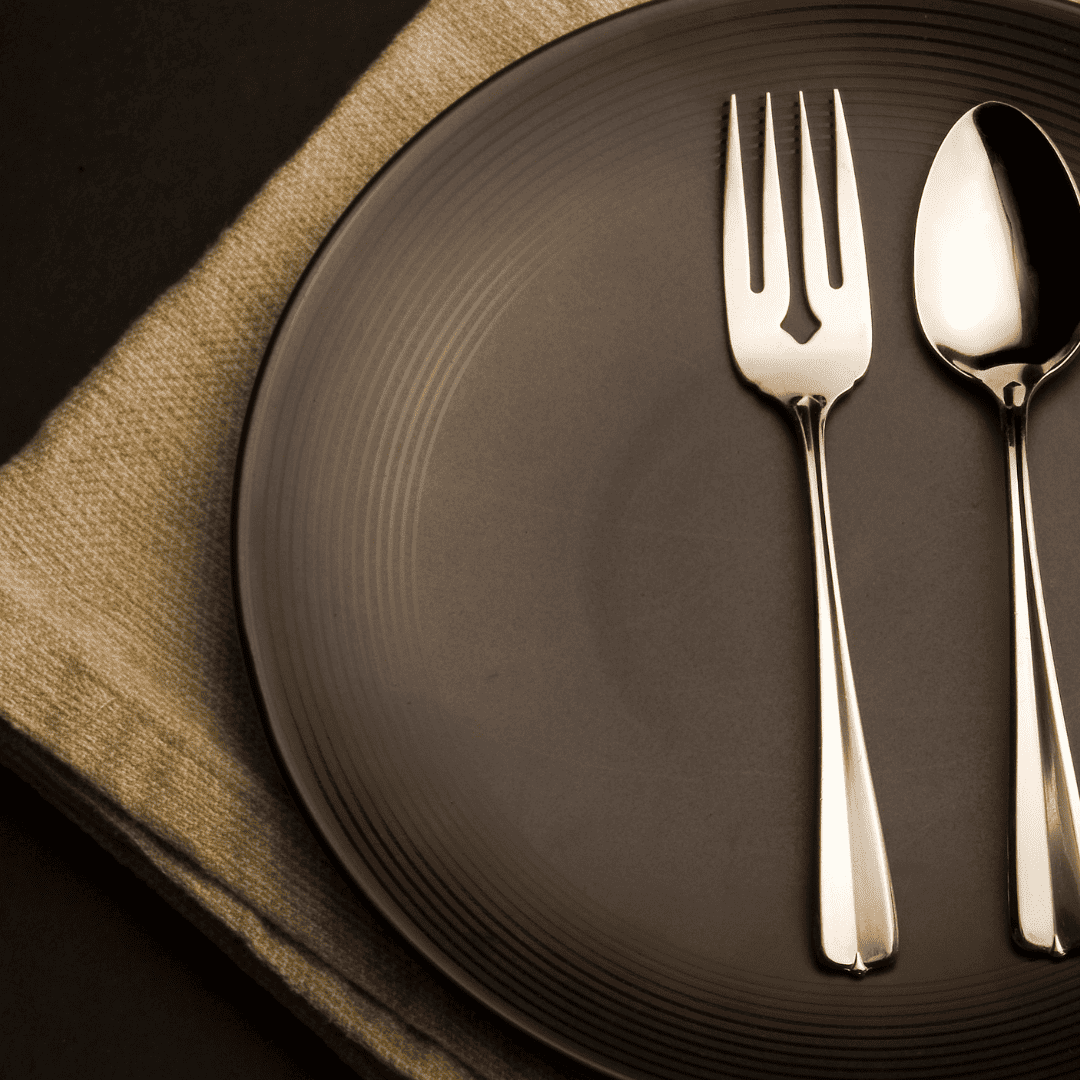During a heartfelt conversation with a client, I shared a piece of my journey through eating disorder recovery about how I, too, cried over many meals, grappling with the complex emotions that came with each bite. It was a vulnerability I seldom explored in such detail, not even during the thick of my own recovery. Then she asked a question that no one had ever posed before, not even myself: “What were the tears for?”
This simple yet profound inquiry prompted me to delve deeper into the memories of those meals, to untangle the web of emotions that I had navigated during one of the most challenging times of my life. It led me to realize that my tears were not just about the struggle to eat; they were a language of their own, expressing emotions and beliefs that were deeply ingrained within me. The following reflection is born from that moment of inquiry, a journey into understanding the tears I shed and what they signified in the broader narrative of my recovery.
As I sat at the dining table, my gaze fixed on the plate before me, I would feel an intense surge of heat and anxiety fill my total being. Hunger occasionally stirred within me, yet it was not the sole companion to my meals. Whether hunger was present or absent, a deeper realization dawned on me: to distance myself from the grasp of my eating disorder, I had to persevere.
My tears were manifestations of deep-seated emotions born from long-held beliefs about my worth. They carried the weight of a pervasive internal sadness and a sense of isolation that had long been my shadow. Each drop echoed a farewell to a body size that, in my eyes and those of the world around me, seemed inextricably linked to my worth.
Within those tears mingled the essence of fear—fear of venturing into the unknown and dread of judgment from unseen eyes. They were the embodiment of shame; a stark, painful acknowledgment of my hunger, as if my very needs were a source of disgrace.
Anger, too, found its way into the salty streams that traced my cheeks. A resentful recognition of the necessity to nourish my body despite an inner revolt. And amidst it all, embarrassment quietly seeped in—over the sheer difficulty of doing something as fundamentally human as eating.
But perhaps most poignantly, those tears were a battle cry against disgust. Disgust directed at the food before me, at my own body, and at the very notion of having needs. In those moments of vulnerability, I grappled with a deep-seated feeling of unworthiness, questioning my right to nourish and be kind to myself.
Because of the loud thoughts and deep emotions, the mechanics of eating were very difficult. I would focus intently on the smell and texture of the food before me. My jaw would clench, and my throat would tighten, almost as if my physical body was choking on my internal words. I was “too full” to take in nourishment. Swallowing was incredibly difficult, and my body would retch in protest. Even so, I choked down the food and cried. I cried all the way through as I did the very thing that I was afraid of doing.
Today, as I reflect, my tears represented a liquid thoroughfare for which my emotions would travel from deep within into the vast space and openness where healing and self-discovery awaited. Although each meal felt like a battleground, with one challenging bite after the other, I trusted the destination would be peace. It was a testament to the human spirit’s resilience, the willingness to face one’s deepest fears, and the commitment to forge a new path, where nourishment and self-compassion slowly began to replace fear and self-loathing.
As I share part of my recovery journey, I do so with the hope that my tears, once a symbol of struggle and resistance, can now serve as a beacon for others who are navigating their own paths to recovery. To know that in the midst of such turmoil, there is a shared experience, a common thread that binds us in our humanity and our quest for healing.
DISCLAIMER
The content provided on this blog is for informational purposes only. The information is not intended to replace professional medical advice, diagnosis, or treatment. Always seek the advice of your physician, mental health provider, or other qualified healthcare professional with any questions you may have regarding a medical condition or mental health concern.
This blog does not provide medical advice, diagnosis, or treatment. The material on this site is not intended to provide, and should not be relied on for, medical or psychiatric advice, diagnosis, or treatment. Always consult with your healthcare provider before making any changes to your healthcare routine.
If you are in a crisis or think you may have a medical or mental health emergency, seek immediate medical attention or call emergency services right away. U.S. residents can text 988 to the Suicide and Crisis hotline.

leave a comment +